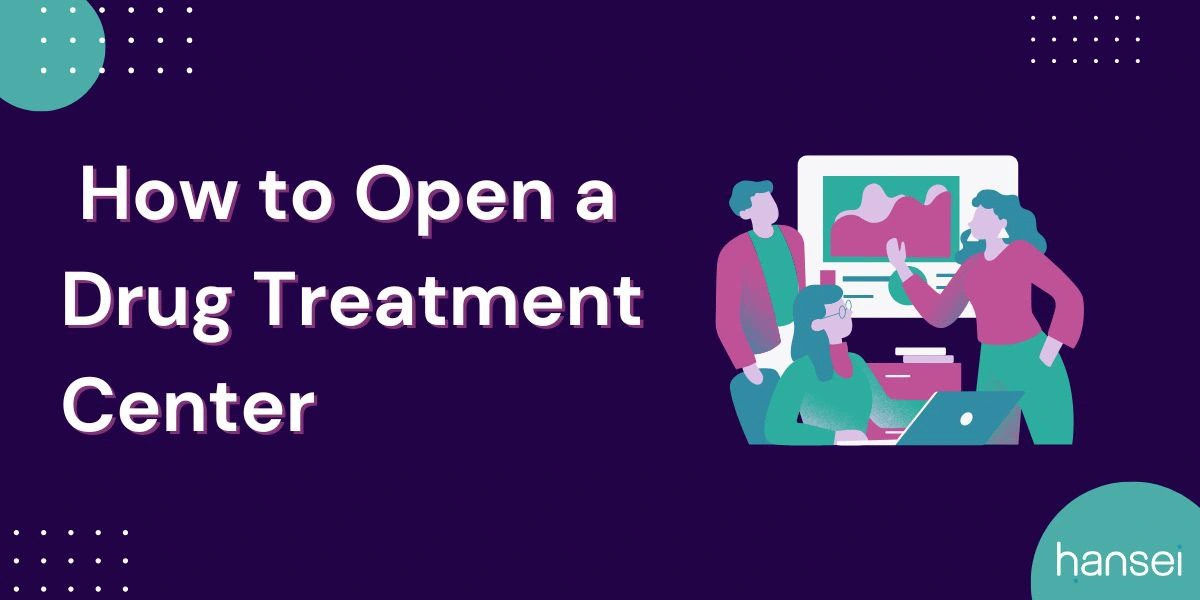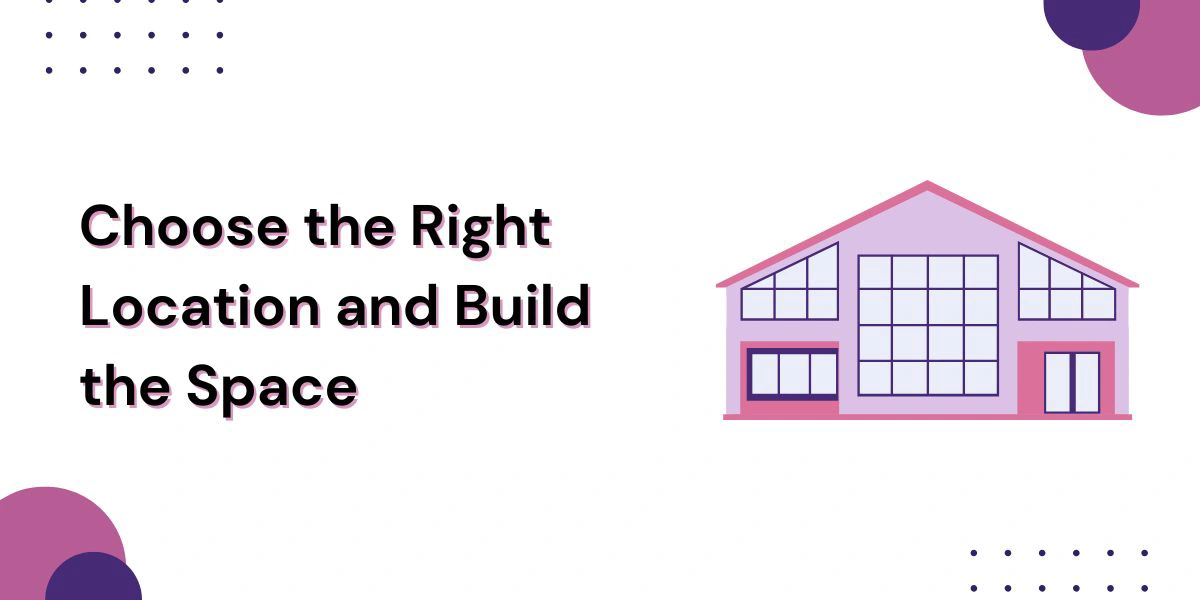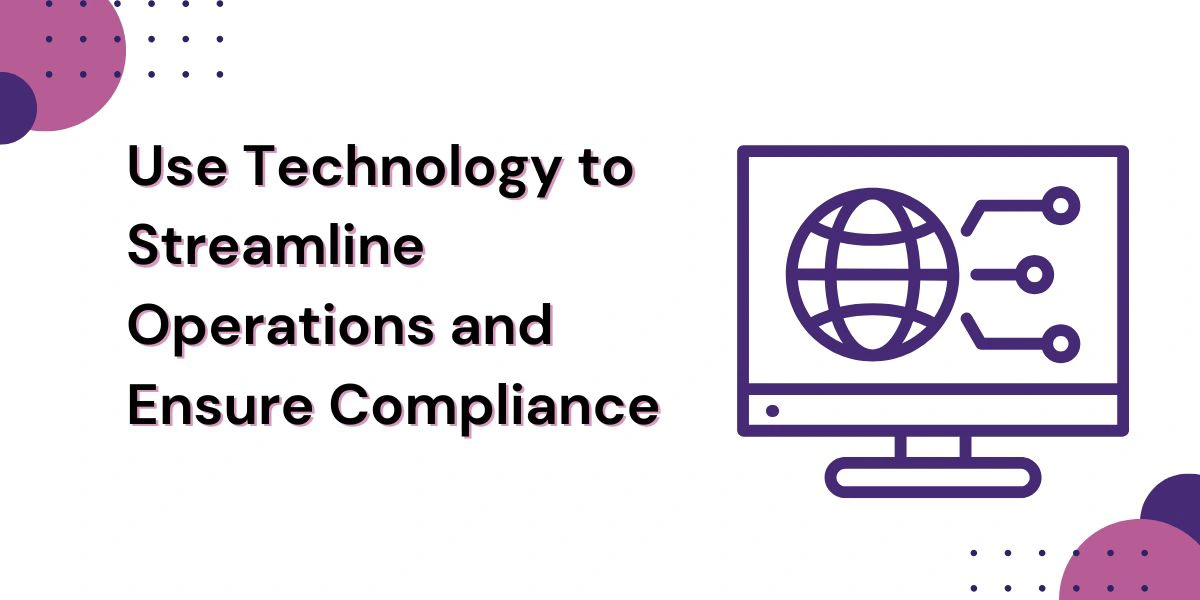Blog

Starting a drug treatment center is more than a business venture—it’s a commitment to healing communities, restoring lives, and being part of a larger solution to the addiction crisis. Whether you’re a healthcare professional, a person in recovery, or someone passionate about making an impact, learning how to open a drug treatment center is a step toward becoming a meaningful part of someone’s recovery journey.
But as noble as the goal may be, the path to launching a rehab facility is complex. It involves navigating licensing laws, clinical guidelines, facility requirements, and business strategy—all while staying focused on delivering compassionate, ethical care. This guide walks through the essential steps to help you plan, fund, and launch a successful drug rehab center.
Start with a Vision That Serves
Every great treatment center starts with a mission-driven vision. Before you dive into logistics, ask yourself: What kind of clients do I want to serve? Will the facility offer residential detox, intensive outpatient programming (IOP), or a combination of services? Will we support dual diagnosis clients or focus on a specific demographic like veterans or young adults?
Clarity in this early phase sets the tone for your business plan, which should outline your operational model, service offerings, startup and ongoing costs, target market, revenue forecasts, and strategies for growth. A solid business plan is also crucial if you’re pursuing investors or applying for grants—especially from federal agencies like SAMHSA or through Grants.gov.
Understand Licensing and Accreditation
Licensing is one of the most critical and time-consuming parts of launching a treatment center. Every state has its own regulations and application processes for opening a behavioral health facility. This usually involves zoning approvals, facility inspections, staff credentialing, and proof of policies that meet healthcare and safety standards.
In addition to state licensure, many treatment centers seek national accreditation to establish credibility and improve quality. Accreditation bodies like CARF or The Joint Commission conduct thorough reviews of your services and operations. Accreditation also helps in negotiating with insurance providers and meeting requirements for certain federal or state funding.
You’ll also need to maintain compliance with privacy regulations, such as HIPAA and 42 CFR Part 2, especially if your facility handles sensitive substance use disorder records.
Secure Funding and Understand Startup Costs
Opening a drug treatment center is a major financial undertaking. Startup costs can range from $250,000 for a small outpatient center to over $2 million for a full-scale residential facility. Your budget will need to cover property rental or purchase, facility renovations, licensing fees, furniture, medical equipment, payroll, and technology.
Many founders combine personal savings, small business loans, angel investors, or federal grants. For those who qualify, the Substance Abuse and Mental Health Services Administration (SAMHSA) offers several grant programs aimed at increasing access to care and supporting the behavioral health workforce.
A key consideration is ongoing sustainability. Make sure your financial plan accounts for the reimbursement cycle from insurance claims and includes reserves for at least the first year of operation.

Choose the Right Location and Build the Space
Location matters, both from a regulatory and therapeutic standpoint. Most states require that facilities meet local zoning laws and have adequate space for client services. But beyond regulations, your location should be peaceful, private, and accessible for both clients and staff.
Your facility should include clinical offices, group therapy rooms, recreational areas, medical exam rooms (if offering detox), and administrative offices. For residential programs, consider communal living spaces and private or semi-private bedrooms.
A poorly designed facility can negatively impact both client outcomes and staff morale. Consider consulting with architects who specialize in behavioral healthcare environments.
Hire Compassionate, Credentialed Staff
Your team is the foundation of your center’s reputation and effectiveness. Depending on your level of care, you’ll likely need a medical director, licensed therapists (e.g., LPCs, LMFTs, or LCSWs), registered nurses, behavioral health technicians, case managers, and administrative support.
States often require specific staff-to-client ratios, especially for detox or residential programs. Make sure you understand those standards to remain compliant with licensing and accreditation bodies.
Beyond credentials, your staff should reflect the values of empathy, professionalism, and trauma-informed care. High staff turnover can lead to poor client outcomes, so invest in a healthy work environment and ongoing professional development.
Design Programming and Treatment Protocols
Once your facility is built and your team is in place, it’s time to design programming. This includes everything from your intake process and clinical pathways to relapse prevention, group therapy schedules, family involvement, and discharge planning.
Treatment must be individualized, evidence-based, and outcomes-driven. According to the National Institute on Drug Abuse (NIDA), successful addiction treatment should address the whole person, not just substance use, and should be accessible long enough to produce lasting change.
You’ll also need to establish policies and procedures for client rights, medication administration, emergency care, clinical supervision, and data collection. These documents are not only vital for operational consistency but will be reviewed during inspections and audits.

Use Technology to Streamline Operations and Ensure Compliance
A high-quality electronic health records (EHR) system will be the cornerstone of your administrative infrastructure. Your EHR should help with client charting, insurance billing, appointment scheduling, treatment planning, and outcome tracking.
You’ll also want to set up software tools for staff credentialing, HIPAA compliance, and insurance verification. Digital solutions not only improve efficiency but help you remain compliant with federal regulations.
Incorporating telehealth services, where appropriate, can also expand your reach and support continuity of care—especially in rural areas or for clients transitioning from residential to outpatient levels of care.
Build a Strong Outreach and Referral Network
Marketing a treatment center requires sensitivity and strategy. While digital marketing can help people find you through search engines and social media, many of your most consistent referrals will come from healthcare providers, therapists, courts, and employee assistance programs (EAPs).
Build relationships in your local recovery community, offer free educational events, and be a reliable resource for those referring clients. Transparency, professionalism, and word-of-mouth are key to long-term credibility.
Plan for Long-Term Growth and Impact
Opening your doors is only the beginning. Quality care requires constant evaluation and adaptation. Make it a habit to collect feedback from clients, analyze outcomes, attend industry conferences, and stay up to date with best practices through resources like drugabuse.gov and ASAM.
As you grow, consider expanding services to include transitional housing, alumni support, or family therapy workshops. A strong recovery community thrives when care goes beyond just the initial treatment phase.
FAQs About Opening a Drug Treatment Center
What’s the first step in opening a drug treatment center?
The first step is defining your vision and creating a detailed business plan. This helps guide decisions on services, staffing, location, and funding.
Do I need to be a clinician to open a treatment center?
No. While non-clinicians can open treatment centers, they must hire licensed professionals to provide clinical services and fulfill medical director requirements.
How long does the licensing process take?
Licensing timelines vary by state, but the process can take anywhere from 6 months to over a year depending on inspections and documentation.
Can insurance cover the cost of treatment at my center?
Yes, but you’ll need to credential your facility with insurance networks and ensure services meet reimbursement requirements.
How do I find qualified staff?
Job boards, professional associations, and local behavioral health programs are great places to recruit. Networking within the recovery community can also lead to passionate and qualified hires.
Let Hansei Help You Bring Your Vision to Life
Opening a drug treatment center is one of the most rewarding ways to serve your community—but it comes with challenges. At Hansei Solutions, we help behavioral health providers navigate the complexities of launching and managing treatment centers. From licensing to insurance billing to compliance, our team can help you every step of the way.
If you’re ready to take the first step toward opening a treatment center, reach out to Hansei Solutions today. Let’s build something that truly changes lives.

Ready to focus on providing healthcare? Let us lighten your load.
We’re here to address your pain points and create growth opportunities for your organization. We’re passionate about what we do, and it shows in every interaction. Learn what makes us tick and schedule a demo today.